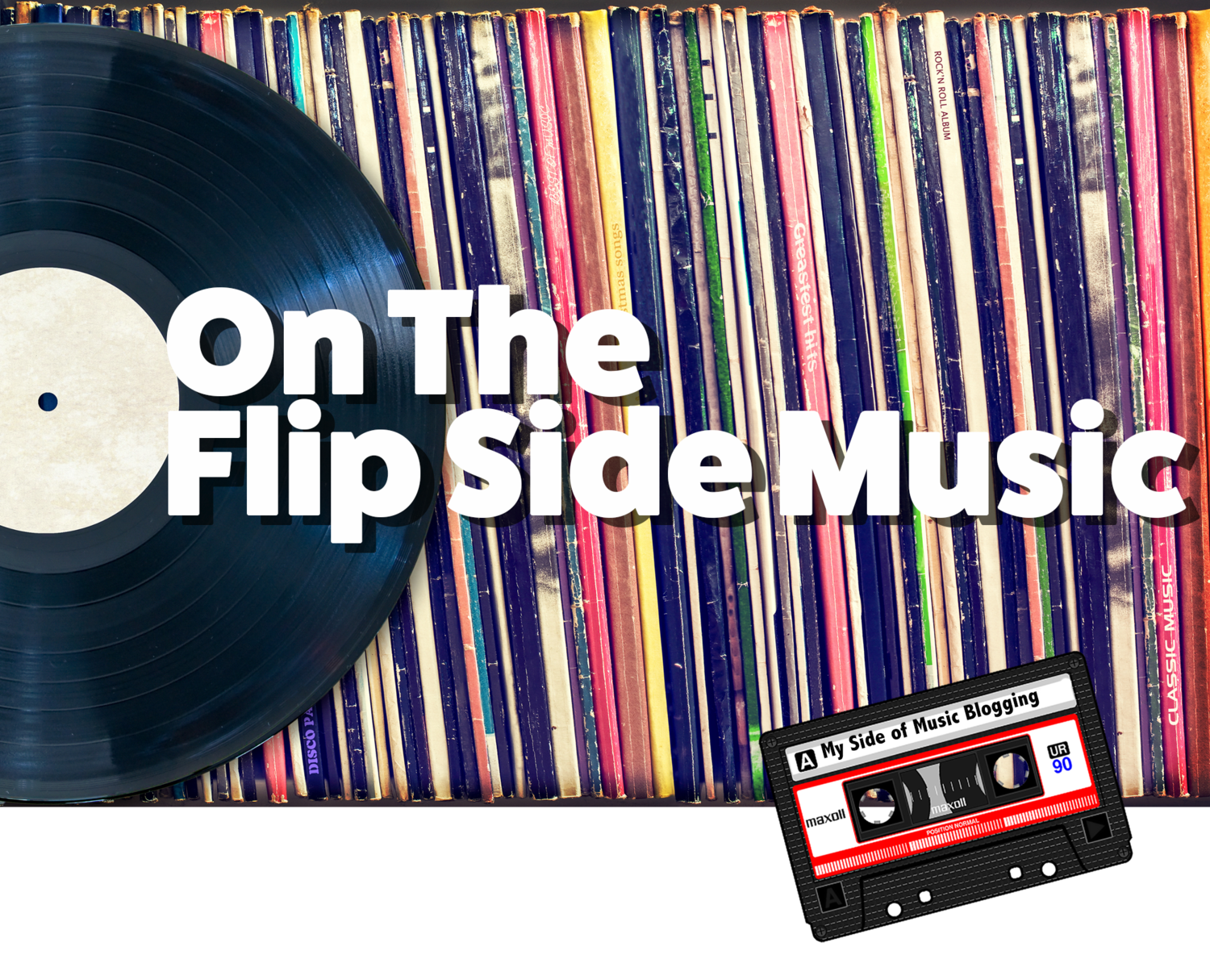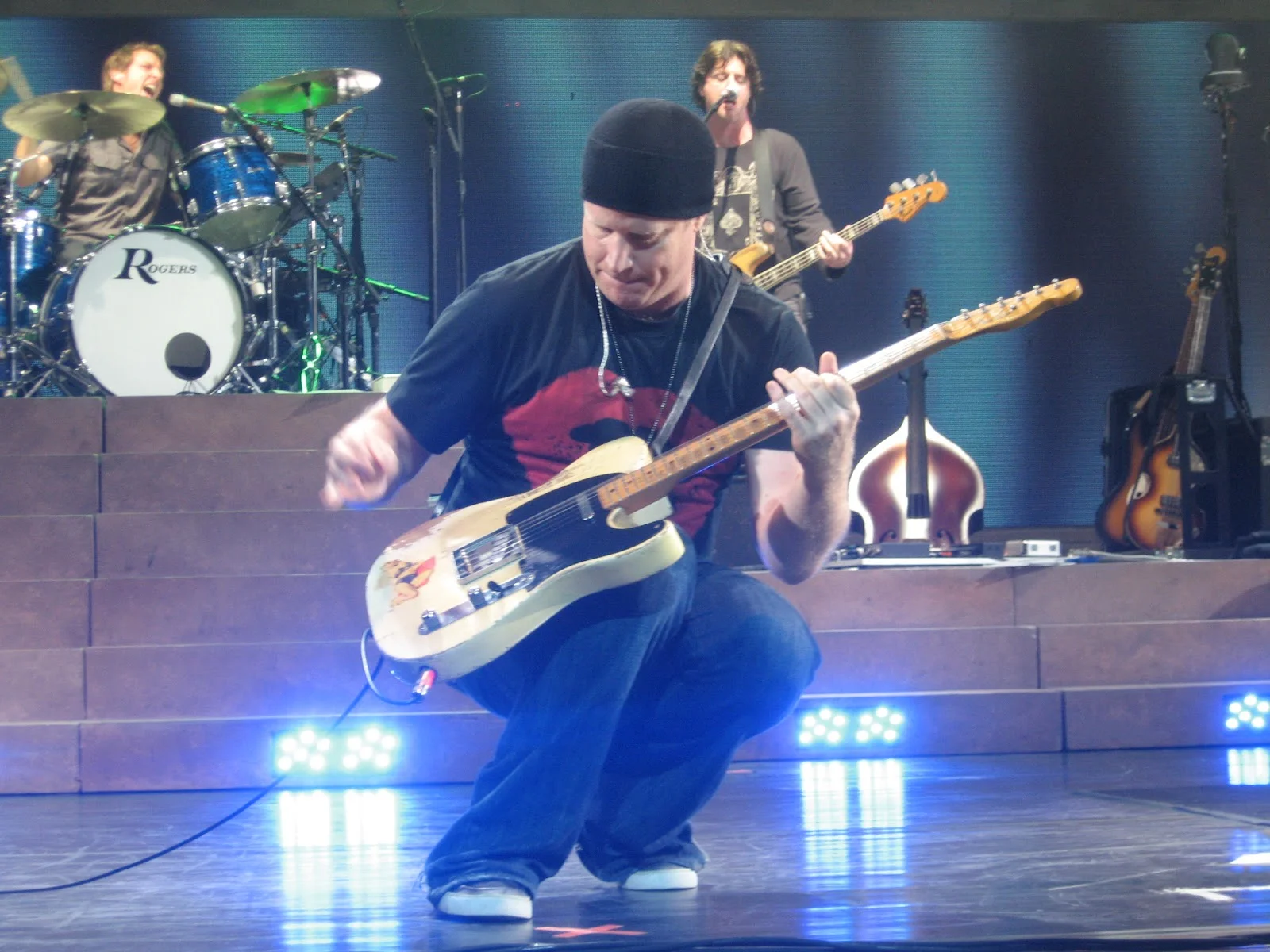Recording with Counting Crows' Dan Vickrey
This article was originally published in RECORDING Magazine.
Interview by Jessica Klausing with Lorenz Rychner.
Photo by Andrea Henn
When Counting Crows emerged from the San Francisco Bay area in the early '90s, home studios were not nearly as common as they are now. Counting Crows is one of the most successful bands to have created music in a home studio. The band made reference to their albums as being recorded "in a big house on a hill", beginning with their first multi-platinum selling album, August and Everything After.
Counting Crows continue making groundbreaking albums, such as their newest release, Saturday Nights and Sunday Mornings.
I had the pleasure of speaking with Counting Crows' lead guitarist Dan Vickrey during a telephone interview, and learned about how the band turns ideas into albums at home, with an emphasis on getting signature guitar sounds thanks to Dan's role in the band.
Dan, talk to me about some of the guitar equipment you use in the recording studio?
Dan Vickrey: My Fender Esquire 1954 is amazing! It's very flexible and the pickups help give a more "twangy" rockin' sound to a song. Also, my Epiphone Casino is great for reducing microphone feedback.
My secret weapon involves using my White amps (Forrest White Fender models) from the '50s for picking parts. The White amps give a different personality to a guitar, they have a transformer that doesn't sound anything like the other Fender amps. My other amps include a 1966 Fender Vibrolux, 1982 Marshall JCM800 50-watt head, 1964 Vox AC10, 1964 Vox AC30 TB, Magnitone 280, and 1960 Fender Vibroverb.
What about effects?
Dan: I love my ZVex SHO pedal, it can sound like sparks are flying from it...I have other pedals, like the Tech 21 SansAmp, Hughes and Kettner Rotosphere, ElectroHarmonix Memory Man, DOD FX10, MXR Distortion+, the BOSS VB-2, DM-2, HR-2, PN-2, and PH-1, Way Huge Red Llama, and Danelectro DanEcho. All the pedals are powered from a Custom Audio Electronics [Bradshaw] rack, it controls up to 16 individual effects pedals on true bypass loops. That rack has a controller that allows you to program presets for each song or part of a song. There is also a 4-channel amp switcher included in the setup.
How about distortion and feedback?
Dan: Smaller amps with 8' speakers tend to give me a better frequency response with distortion. A small amp turned to eleven can have a greater effect than a distortion pedal. So that's what I use on songs like "Hanging Tree" from Saturday Nights and Sunday Mornings.
Feedback can be controlled, or it can sneak up on you as a happy accident, like on "Angels of the Silences" (from Recovering the Satellites) where we ended up liking the chaotic vibe it gave so we decided to keep it. We re-visited the idea again with "Cowboys" (from Saturday Nights and Sunday Mornings) and used it on the guitar solo, with a Les Paul through a Marshall amp in the beginning. For a much louder sound they recorded me standing in front of that amp cranked to ten while playing [laughs].
Do you use loops?
Dan: We're not really a looping band, we all like to really play our instruments, but on "Sundays" Jim (Bogios, drummer) brought in a percussion loop that the engineer then put into Pro Tools. That was a neat exception.
Tell me about the writing process?
Dan: It could be that Adam (Duritz, lead vocalist) begins with playing the piano and the rest of us listening and focusing. Usually me or Immy (David Immerglück, guitarist) start to play, and Dave (Bryson, rhythm guitarist) joins in. Songs such as "Insignificant" and "Come Around" (from Saturday Nights and Sunday Mornings) were created from everyone's improvisational input. We decide then if we want two electric guitars and one acoustic or vice versa. You just play what you want to play and then tape it. We experiment by trying different combinations of guitars.
It seems to me that your band has no fear in taking chances. Does the improvisation come as naturally in the studio as it does on stage?
Dan: There are a lot of guys in the band, so we mostly listen to each other and make the decision if someone wants to jump in or if too many people get involved. There are moments during a song where it will be left open if anyone wants to take it.
The key to success on stage as well as in the studio is simply listening. Anyone in a band has to listen carefully to how the other one plays to make the decision in which direction to go in the song. Sometimes you have to know when to back off or not overdo it, which can be very hard for a guitarist...
What's the order of tracking?
Dan: We usually start with a scratch track where most everybody plays, with vocals, too. Then we use that as a guide for individual overdubs--starting with the drums, bass, rhythm etc.
What about tracking guitars?
Dan: Generally all three guitarists are in the control room, with the amps out in the tracking room (s). We do very little reamping if any at all. We like close-miked guitar amps, typically with Shure SM57 mics up against the grille.
Has playing for Counting Crows matured you as a recording musician since your earlier years playing for The Naked Barbie Dolls as well as for Patrick Winningham?
Dan: It has for me on a personal level. I like to think I'm playing more passionately and just using my own style. In much earlier years, when I was just learning guitar, I would listen and try to match and emulate sounds of musicians such as Eric Clapton and George Harrison. In the end you should just be playing what you want to play and working to generate your own sounds. If you're not doing this and enjoying it then you should not be playing at all.
What advice would you give to a fellow recording musician?
Dan: Just make sure your main tactics for making music are love and passion. Don't be afraid of working to create and experiment with your own sounds. We are in an era of music where it is more convenient to record at home than in an actual studio, so basically just explore, to find what sounds right for you, and go for it!
Check out the Counting Crows website for any additional information on the band.


